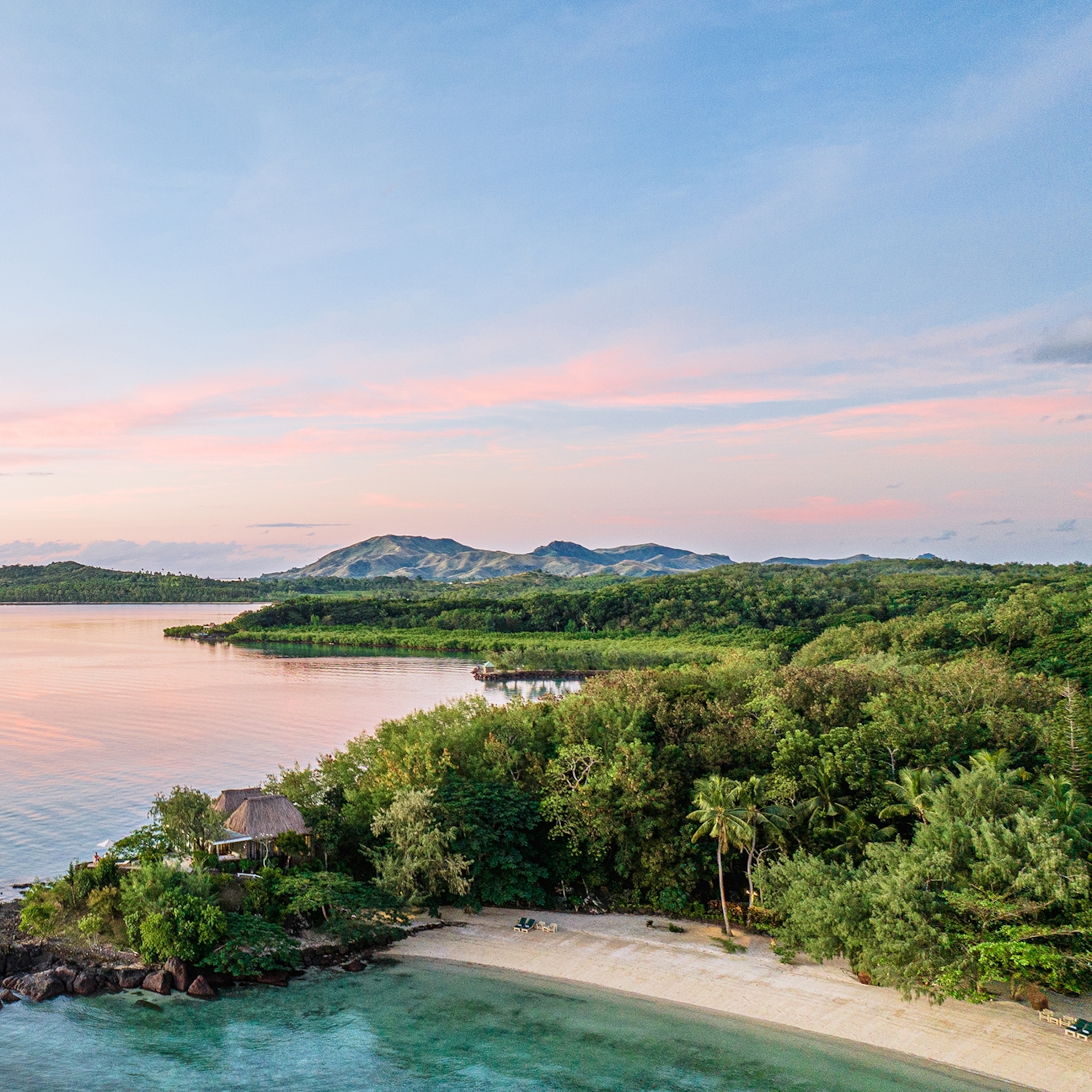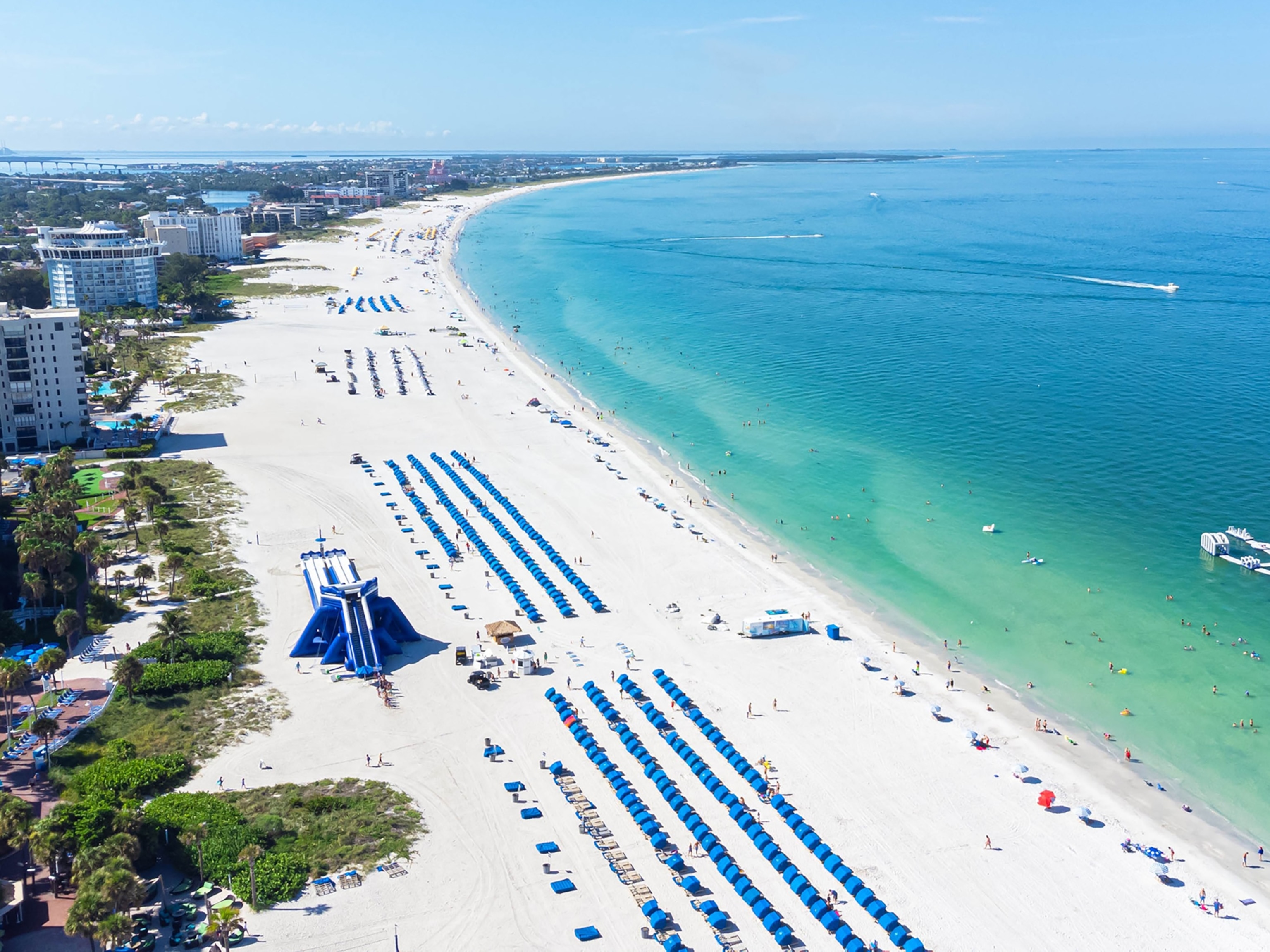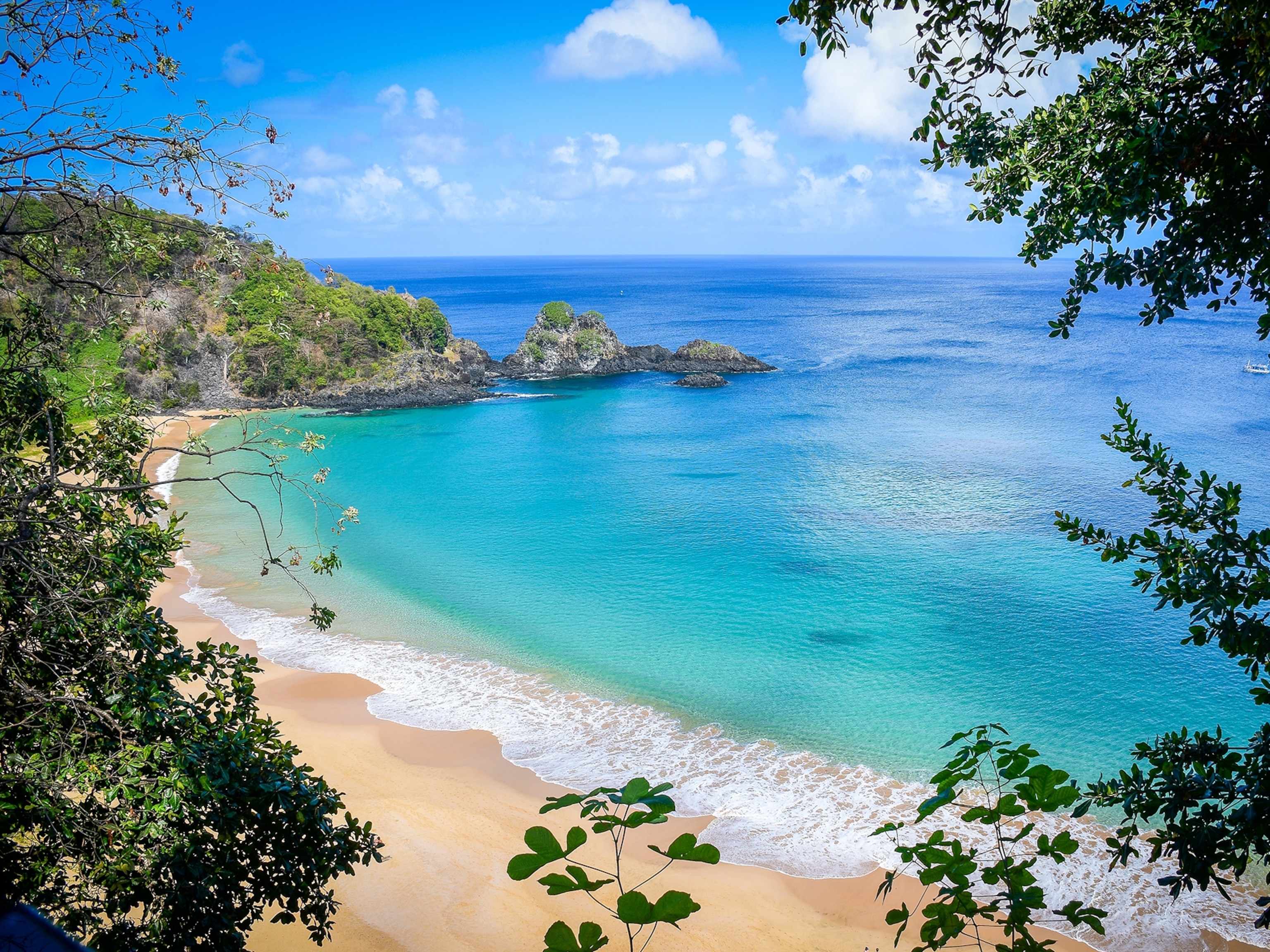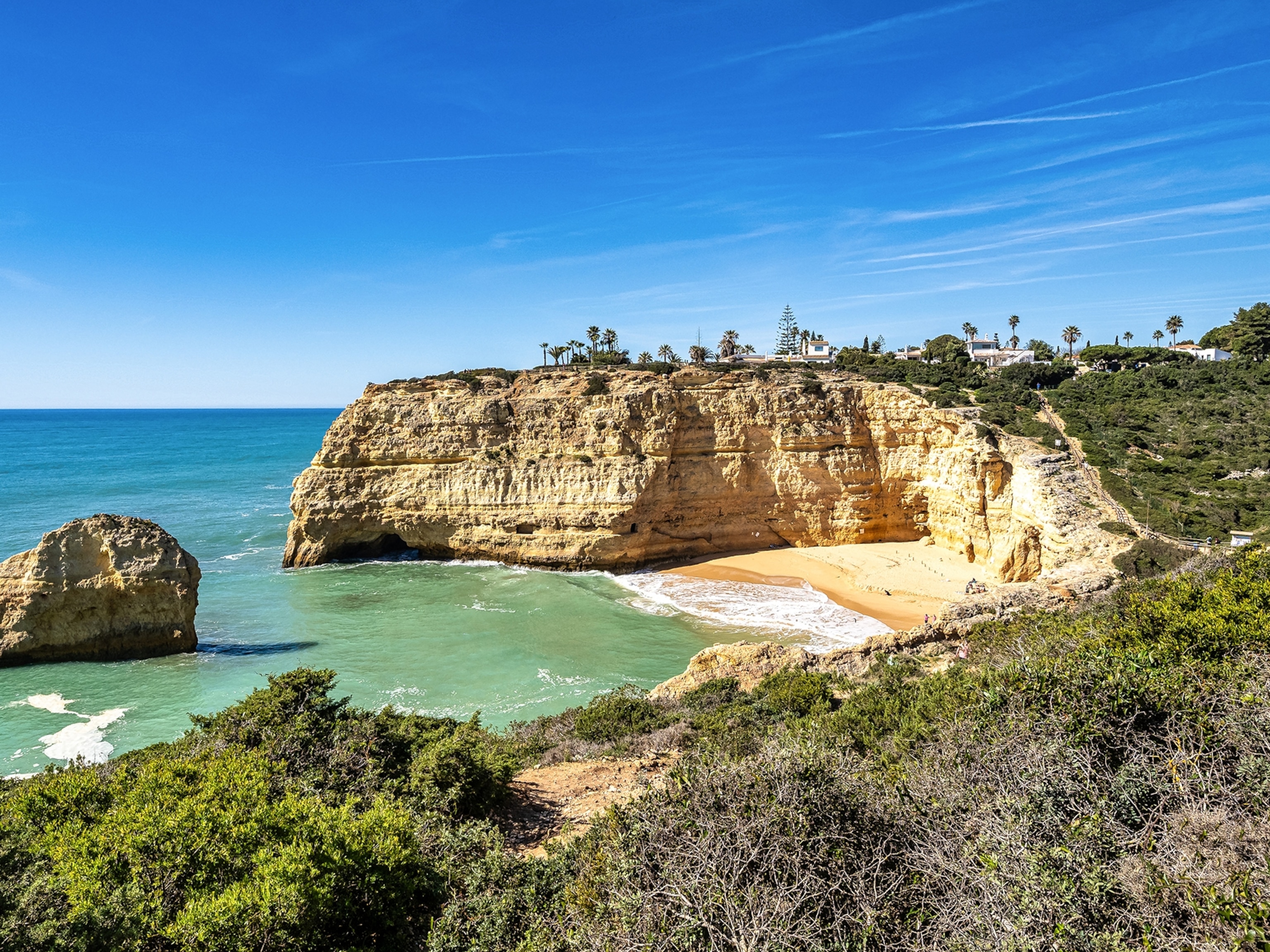
The Beach Report
Tales from the Frontier
From the January/February 2012 issue of National Geographic Traveler
I never watch the cable TV series Jersey Shore, filmed in Seaside Heights, the beach town where I grew up. Well, almost never. I do admit to tuning in to an episode where an intoxicated Snooki is strutting along the boardwalk and stops to ask a baffled tourist, “Where’s the beach?”—which is just a few feet away. It was funny, and it fed right into the stereotypes we locals had about the visitors (big-haired “Jersey” girls and their guys in muscle tees) who came to our barrier island on summer weekends. Yet Snooki probably had no idea that she was asking the same question many coastal zone scientists are asking about sands from Florida to Australia.
When I was in high school, I had a summer job cleaning the beach; I got up at dawn each day to collect the garbage that had washed ashore. I noticed that the beach seemed to be shrinking. Each passing year also brought more garbage, leading me to wonder if a pristine beach existed anywhere. So at 19 years old, with a surfboard under my arm, I set out on a ’round-the-world journey to find the perfect beach.
It was the beginning of a quest that stretched across two decades, dozens of miles of white, black, and pink sand, and more than 100 countries. I found what I was looking for (more on that later), but I also discovered that the beach—the very definition of a vacation for many travelers—was becoming an endangered species. Today, beaches are threatened by climate change, pollution, and overdevelopment.
“Most beachgoers see only the surface of the water, rarely venturing to look at what is below. Yet beneath the sea our coastal ecosystems are changing drastically,” says Céline Cousteau, granddaughter of ocean explorer Jacques Cousteau and founder of CauseCentric Productions, an organization dedicated to socio-environmental campaigns. “We are dependent in many ways upon these marine habitats, including for enjoyment when we go on a holiday. It is in our power to help protect them.”
In the U.S., beaches remain a huge tourist attraction, with some 180 million vacationers hitting the coast annually, pumping $260 billion into the economy and supporting more than 15 million jobs. Yet, the Natural Resources Defense Council reported that U.S. beach closings and advisories due to pollution soared to a total of 24,091 in 2010, the second highest number since the organization began monitoring 21 years ago. You’d think that saving beaches would be a top economic priority, in addition to an environmental one.
And this isn’t just a domestic problem. One loose mass of floating garbage in the Pacific is reportedly the size of Texas. A big surprise on my global journey: The more far-flung the beach, the more trash I encountered. In the Andaman Islands, between India and Thailand, I paddled a dugout canoe across a stunning azure seascape to a slice of powdery white sand. I found plastic bottles and broken flip-flops heaped in piles. In the remote western Caribbean, a local fisherman deposited me on an uninhabited beach as beautiful as I have seen—except for the same plastic flotsam and jetsam lining the high-tide mark.
In some popular destinations, beaches are literally disappearing under our suntanned feet, as we destroy the life forms and topography that have kept them from washing away. According to the United Nations Environment Programme, illegal dumping of pollutants is killing the sea grasses and coral reefs while tourism construction is taking out the dunes and plants. Cancún became the poster child for disappearing beaches after bulldozing its dunes to put in big hotel foundations and ripping out vegetation to create its vacation-friendly stretches of white sand. In 2009, authorities used crime tape to cordon off an area in front of one hotel that was accused of building an illegal breakwater to hoard sand from other resorts in a desperate measure to deal with beach erosion.
“It was the chronicle of a disaster foretold,” said Exequiel Ezcurra, the former head of Mexico’s environmental agency, referring to Cancún’s poorly planned coastal development during climate change talks in 2010. “Everybody knew this was going to happen. It had been predicted for 40 years.”
In Jamaica, Negril’s famous beach has been receding by as much as three feet a year, and on Hawaii’s Oahu, nearly a quarter of Waikiki beach is already gone compared with the 1920s. Similar reports are pouring in from around the world, though in some cases beach loss is a natural phenomenon.
There are people who aren’t standing idly by until the last grain disappears. The nonprofit Surfrider Foundation publishes a “State of the Beach” report that serves as a good resource on U.S. coastal states, Puerto Rico, and British Columbia while advocating for improved environmental policies. The Europe-based Blue Flag has certified beaches in 45 countries so far, including popular tourist spots such as the Côte d’Azur, France.
Some corporate entities are getting in on the action. Last January, in conjunction with Blue Flag, the producers of Corona Extra beer invited tourists to stay in a temporary five-bedroom hotel in Madrid made out of beach rubbish. The message: “This will be the future of our holidays if we do nothing to preserve our beaches.”
- National Geographic Expeditions
Travelers can also join the Ocean Conservancy and participate in its annual coastal cleanup. In 2010, 615,407 volunteers collected more than eight million pounds of beach trash worldwide (after the United States, the beach-blessed Philippines rallied the most volunteers).
My years of searching for the perfect beach yielded not one but several—Anse Lazio in the Seychelles; Polehale on Kauai, Hawaii; and Nihiwatu in Indonesia. There are others, but they are too fragile to handle the publicity. But after traversing six continents, my most unexpected discovery was a ten-mile swath of unblemished sand backed by undulating grass-covered dunes, perfect for digging in one’s toes: Island Beach State Park in New Jersey, about two miles from Seaside Heights.
Several good things occurred on that Jersey shore after my high school days, including a ban on pipeline chemical discharges just offshore, dune reclamation to prevent erosion, continued protected status, and growing public awareness to keep it clean. Today, Island Beach State Park, one of the last undeveloped shorelines on the eastern seaboard, looks much as it did when Henry Hudson saw it in 1609.
Turns out Snooki was not too far from the perfect beach.







